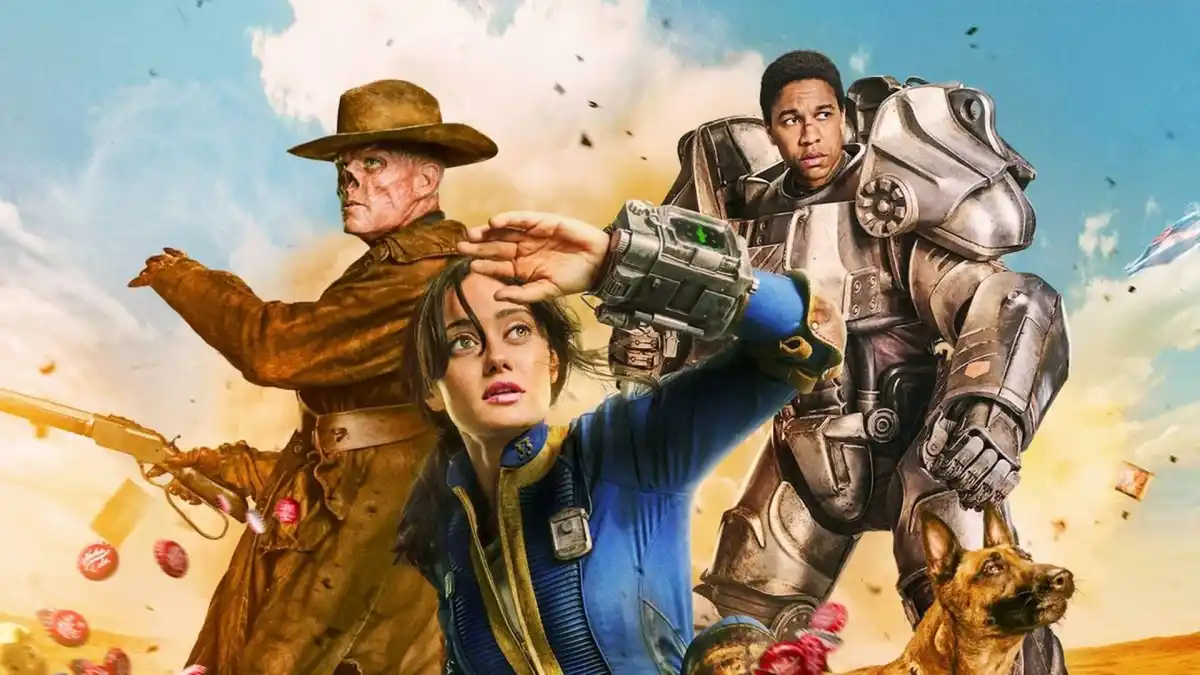Few things in anime are seemingly as tricky to nail as pacing. If a series goes too slow, viewers get bored and lose interest. If it goes too fast, the audience can’t keep up and may drop the series. Finding a good balance is essential for any anime worth its salt, so why does it seem so difficult for anime studios to pace their shows properly? It doesn’t have to be this way, and positive changes are indeed on the horizon, (one only has to look at My Hero Academia for proof of this). But to find the solution, we need to understand the problem. Let’s use one of the best and most profitable manga of all time, One Piece, as an example:
It’s generally accepted that every episode of an anime adaptation should cover between two and three chapters of its respective manga. One Piece, since its time-skip, has covered between half of a chapter and one chapter with each weekly episode. This made arcs like Fishman Island and Dressrosa almost unbearable, as every episode would be full of environmental shots, retreaded backstories, and extraneous cuts to characters’ reactions. Because One Piece runs every week throughout the entire year, Toei Animation makes the anime drag to keep it from catching up to the manga, which also releases weekly. Catching up means filler, and filler is the show-killer. This is the epitome of slow pacing.

On the other hand, the recent remake of Jump’s Chinese mythology-inspired series, Hakyu Hoshin Engi, takes its pacing to the other extreme. Every episode adapts an entire volume of manga, seven chapters, in 22 minutes. In other words, Hoshin Engi covers an entire chapter approximately every three minutes. This breakneck speed glosses over plot points and makes the entire story disjointed. Major events fly by, characters we didn’t know about die in “emotional” ways, and characters become friends or enemies with one another in the blink of an eye. Since its manga has long since ended, Hakyu Hoshin Engi can try to shove a volume into every episode so that they only need to make 24 episodes. The logic is there (somewhat), but the quality takes a dive because of it. This is the epitome of rushed pacing.
This is where My Hero Academia rather heroically triumphs, as the series is an example of excellent pacing. Each episode covers two to three chapters from the manga while adding anime-only moments of character development to help round the runtime out. Some of the slower moments from the manga (such as the training camp before the climax) are actually improved upon in the anime as a result of this. My Hero Academia is able to pace itself because of the anime’s seasonal format. By releasing 13-25 episodes per season, My Hero Academia can carefully plan the speed at which the story is adapted, making for a product of much higher quality. This is the epitome of perfect pacing.

So after looking at these examples, what’s the solution to pacing issues? It’s easy to say that shonen anime should just be seasonal like My Hero Academia, but it’s immensely harder to actually carry that idea out. The truth is that there isn’t really a way to fix this pattern. Things like One Piece, Dragon Ball Super (which will likely return after its film), and Case Closed make money. Anime based on beloved properties like One Piece and Dragon Ball will have huge audiences regardless of quality, so there’s no incentive to sink more money and effort into making one of their major series release less often.
But there is a possible solution on the horizon: more series than ever are becoming seasonal, from the aforementioned My Hero Academia to other shonen hits like Boruto and Black Clover. This change has had solid results so far, as the majority of these series have avoided the pitfalls of One Piece, Naruto Shippuden, and Fairy Tail. So while it remains to be seen if this trend will continue to become the norm, we’re on a good path. Maybe one day we’ll even get a seasonal remake of One Piece. Is that too much to ask? (It probably is).
This post was originally written by Spencer Legacy.





Published: May 3, 2018 01:14 pm